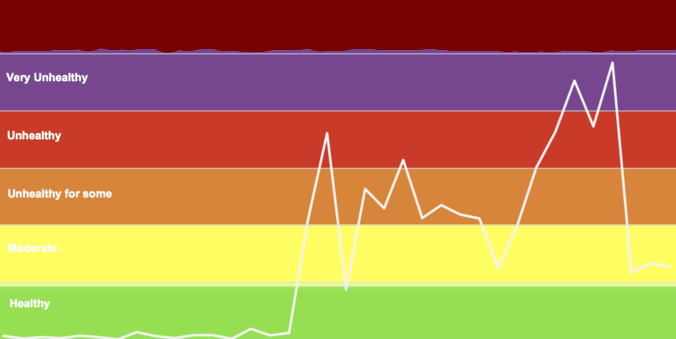


No matter where you reside, you can be exposed to different sources of indoor air pollution in just about every room of your house. This doesn’t mean you should give up and accept it. You can reduce harmful particulates by as much as 40% with just a few simple, tested methods.
So what are the best methods for prevention and control of indoor air pollution?
Vacuum, Vacuum, Vacuum
Dust is the primary source of indoor air pollution. Dust absorbs toxic gases such as radon and volatile organic compounds. Dust can also be made up of mold spores, animal dander, and pollen that are called allergens.
Vacuum
slowly twice a week and step outside when you empty the vacuum cleaner bag, without inhaling any dust as you do so. Wearing a
face mask with a particulate filter when vacuuming can help decrease allergies and prevent micro-pollutants kicked up from the vacuum from getting into your lungs. Just think of yourself as a cleaning superhero!
Ventilate the Fireplace
Even though fireplaces aren't utilized year-round, they can be sources of pollution long after they’re used. Always ventilate, and use low-pollution fuel sources. If you must burn wood for heat, ensure you do so in a stove which meets EPA standards.
Eradicate Dust Mites
Dust mites feed on human sin and reside in stuffed toys, upholstery, carpets, pillows, bedding and mattresses. To kill them, utilize a dehumidifier to keep the humidity levels under 50 percent in your home. Make sure to vacuum upholstered furniture and remove area rugs when you clean.
Test for Carbon Monoxide and Radon
Radon is present in harmful amounts in one out of every fifteen homes and is the top source of lung cancer in non-smokers. Similar to radon, carbon monoxide is also invisible and odorless but comes after a vehicle left idling in the garage or a faulty heater. You can test for these kind of indoor pollutants with an
indoor air quality monitor .
Close the Windows During the Day
Even indoors, air pollution is highest during the heat of the day. It may feel counterintuitive, but keeping the windows closed, even temporarily, from around noon to 2 pm in the afternoon will help keep the air inside your home cleaner than the air outside.
---
Your house should be a sanctuary: a safe place for you and your family. That’s why it’s vital that you know how to reduce indoor air pollution to ensure the air is sustaining your health, not harming it. Utilize these tips to ensure you can breathe easy indoors.
In April, the CDC's NIOSH division recognized ASTM F3502, the the first and only national standard for barrier face coverings. Learn about the filtration and breathability requirements for reusable F3502 masks.






© 2021 Puraka Clean Air Technologies, LLC.